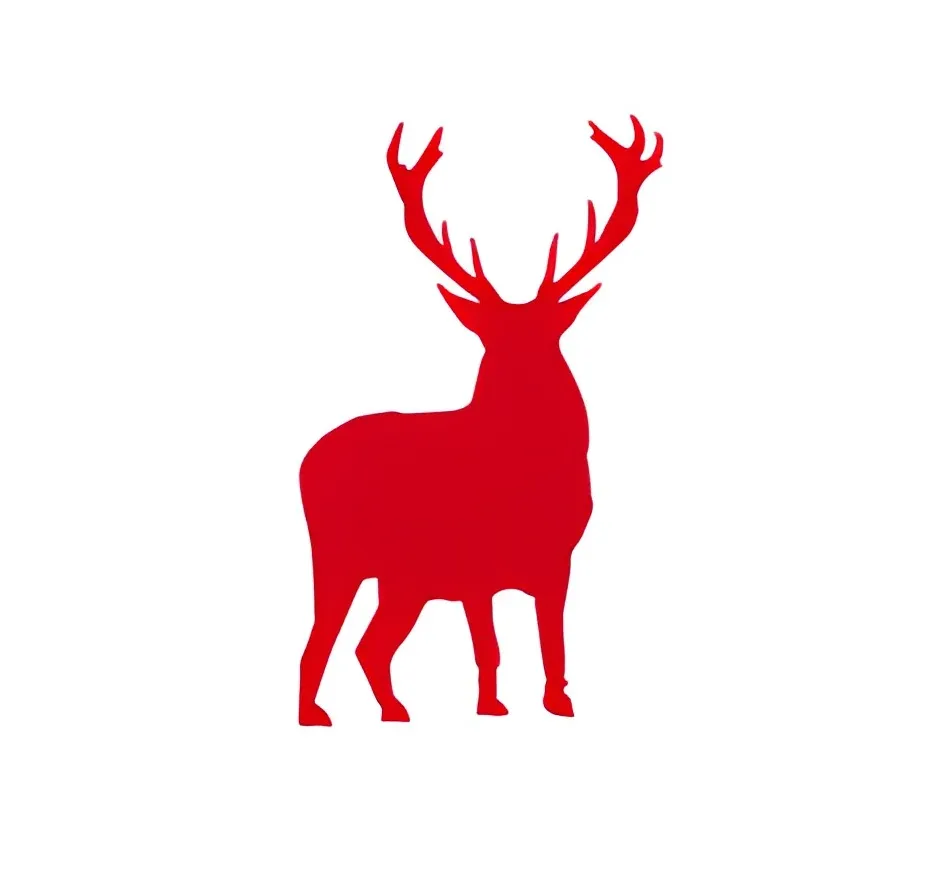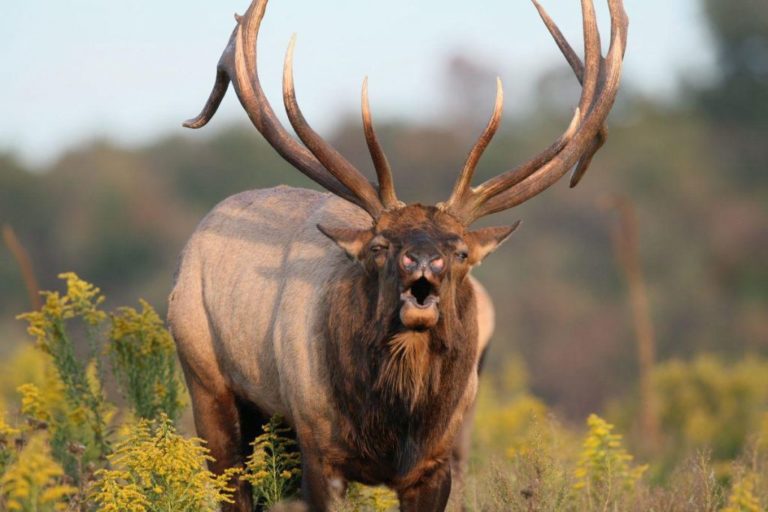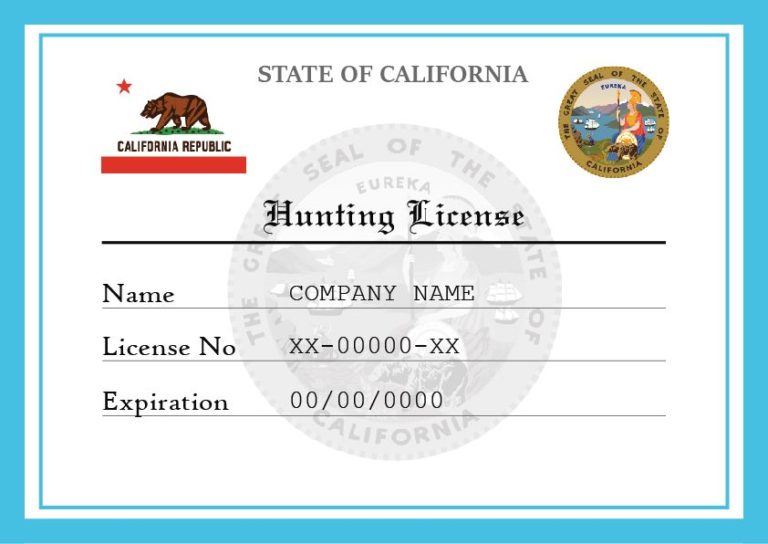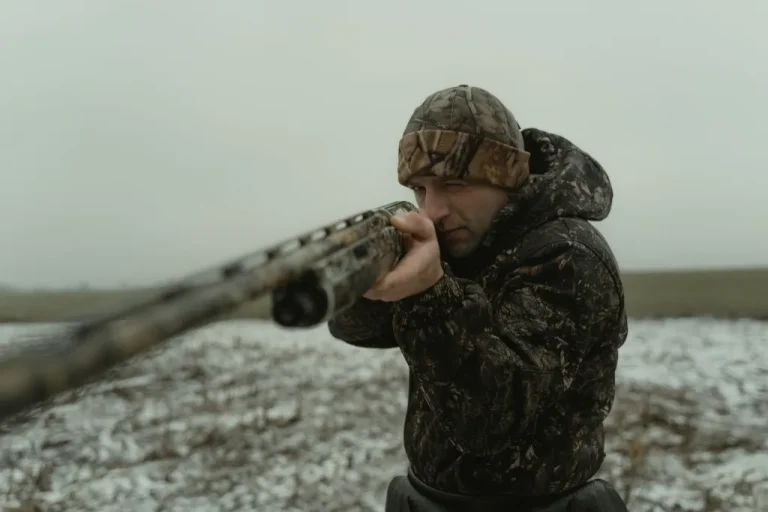
1. Setting Up Decoys
When setting up duck decoys, you need to leave a space where the birds can land in the wind so that they don’t get hit. They will have to descend into the wind when they want to land.
Best Duck Decoys
| Flambeau Outdoors Storm Front 2 | MOJO Outdoors Duck Hunting Motion Decoys |
| Flambeau Outdoors Masters Series | RioRand Realistic Plastic Duck Hunting Decoy Garden Decor |
2. Circling A Decoy
Before setting a decoy set, pintails, widgeons, gadwalls, blacks, and mallards like to circle it several times. A few birds will always leave the flock and pass through a nice shooting range. Do not hesitate to shoot them down or be bothered by the flock.
3. Late Duck Hunters
Waterfowl prefer to migrate with or slightly behind cold fronts to take advantage of strong tailwinds. On days when migration is favorable, don’t leave your hunting blind early.
When the birds stop for a break late in the morning, it’s the best time to hunt ducks.
4. Local and distant birds
Learn to distinguish between local and distant birds. The local birds will be in small groups and pairs. Use decoys, but don’t overhunt in one area. When the birds from the north arrive, you will use the large spreads.
5. Hunting on Calm Days
Set up your decoys in thick brushy cover and call out to attract birds when hunting on calm days. They will get a good look at your decoys as they circle in, and by the time they get close enough to look at them, it will be too late and you will have a chance to get a good shot.
6. Scouting A Pothole or Pond
When scouting a pothole or small pond, move in on the ducks with the wind at your back. You will have a good chance of getting a shot before the ducks reorient themselves and fly away when they jump into the wind.
7. Don’t Flush Out Ducks
Don’t flush out ducks from their roosts at night or before sunrise. If you don’t flush them out, they will fly out to eat at first light and return to their roost later in the day.
Wait until sunrise or later before setting up so as not to frighten the birds at night. When the birds return in smaller groups, you might have a better chance.
8. Setting Up a Variety
Add a variety of decoys to the gadwall, widgeon, black, pintail, and mallard setup, such as bluebills or canvasbacks. Your spread will be more visible as a result, increasing your chances of capturing more birds.
A Variety of Different Types of Decoys Out There
9. Decoy Setup and a Light Breeze
On mornings with a Light Breeze, it might be hard to set up your decoys. Take along a small squeeze bottle filled with talcum powder.
Before setting up your decoys, squeeze the bottle a few times to see where the powder goes. You’ll be able to tell which way the gentle breeze is blowing from the drifting powder.
10. Using Gloves to Set Decoys
When setting decoys, use gloves that are close to your elbows and dry your hands. Put on your regular gloves once you are back in your hunting blind.









